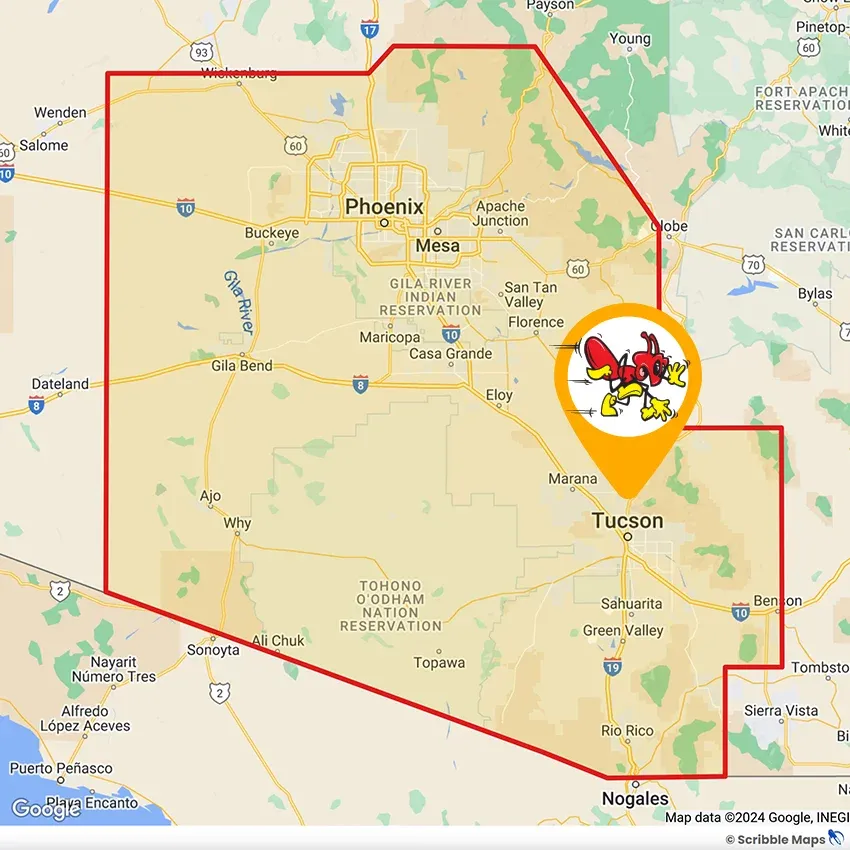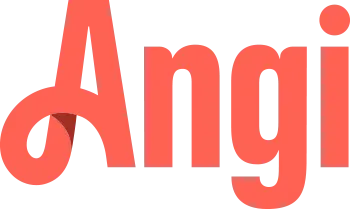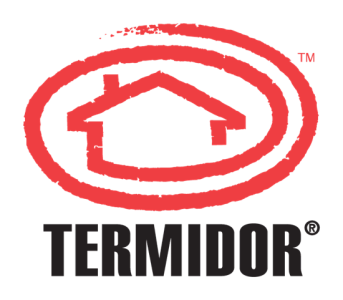Termite Treatment in Tucson
With 31 years of experience, Termagon offers comprehensive termite control services that protect your home from wood-destroying insects. Tucson’s warm, dry climate creates the perfect environment for termites to thrive year-round, making ongoing monitoring essential to prevent costly damage.
Termite Services We Offer:
- Termite Inspections: Our expert termite exterminators in Tucson conduct thorough inspections of your home, identifying any signs of termite activity or damage. We assess both indoor and outdoor areas to ensure no corner is left unchecked.
- Efficient Termite Treatments: Using advanced indoor and outdoor methods, we apply customized treatments to get rid of termites and stop them from spreading. Our targeted approach efficiently eliminates termites while protecting your home and family.
- Prevention Services: We don’t just treat the problem; we prevent it. Our termite control includes sealing entry points and making recommendations to reduce the risk of future infestations.
- Ongoing Monitoring: Given Arizona’s favorable termite conditions, regular monitoring is key. Our technicians will set up ongoing termite inspections to catch any signs of activity early, keeping your home protected long-term.
Why Choose Termagon?
- 31 Years Of Experience: As a leading termite exterminator in Arizona, our decades of expertise ensure efficient, reliable service.
- 100% Satisfaction Guarantee: We stand by our work with a promise to protect your home from termites.
Call Termagon today for a free termite inspection and take the first step in safeguarding your home from destructive termites!
Get Rid Of Termites Today
With 31 years of experience, Termagon Termite & Pest Control is your go-to termite exterminator in Arizona. We offer efficient, same-day termite control services to protect your home from wood-destroying termites. Arizona's climate makes ongoing termite monitoring essential, and our comprehensive solutions ensure long-lasting protection for your property.
Our Termite Control Services in Arizona:
- Same-Day Termite Control: When possible, we can provide immediate, efficient termite treatments to stop termites in their tracks and prevent further damage to your home.
- Detailed Termite Inspections: Our expert technicians thoroughly inspect both indoor and outdoor areas for signs of termites, entry points, and wood damage.
- Liquid Termite Treatment: A discreet solution where we create a protective barrier around your home’s foundation, using liquid termiticide to get rid of termites and keep them from returning.
- 1-Year Warranty: We stand by our work with a 1-year warranty, ensuring your home stays termite-free with our trusted termite control service.
Call Termagon Termite & Pest Control today to schedule your termite inspection and get the peace of mind you deserve!
Benefits of Our Termite Treatments in Tucson
With 31 years of proven expertise, Termagon Termite & Pest Control offers effective, long-lasting termite control to keep your home protected from destructive termites. DIY treatments don’t work when it comes to termites—trust our professional solutions to safeguard your property. When you team up with us, you get:
- Effective & Proven Treatments: Our termite treatments are scientifically proven to get rid of termites and protect your home from future infestations, ensuring peace of mind.
- Long-Lasting Protection: We use advanced termite control methods designed to offer lasting results, so you can rest assured that your home is safe from wood-destroying insects.
- Family-Owned & Operated: As a local, family-owned business, we treat your home as if it were our own, providing personalized care and attention.
- Ongoing Monitoring: Arizona’s climate requires continuous vigilance. We offer ongoing monitoring to prevent future termite issues before they start.
Take control of your home’s protection today—contact Termagon Termite & Pest Control for effective termite treatments in Tucson!
Areas We Service in Arizona
At Termagon, we proudly serve various communities throughout Arizona, providing tailored pest control solutions for both residential and commercial properties. From Phoenix to Tucson and beyond, our expert team is ready to tackle any pest problem. Wherever you are, we ensure your space remains safe and pest-free.








